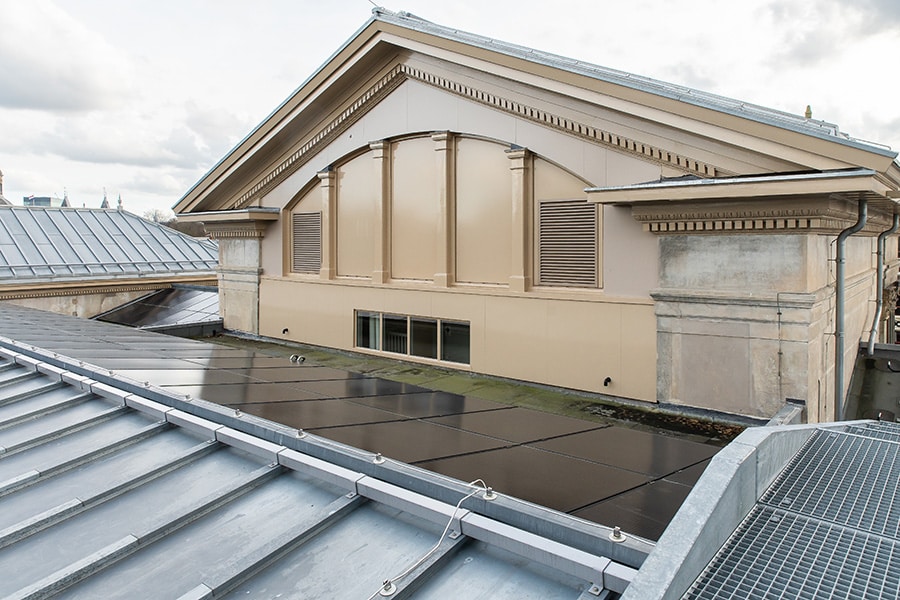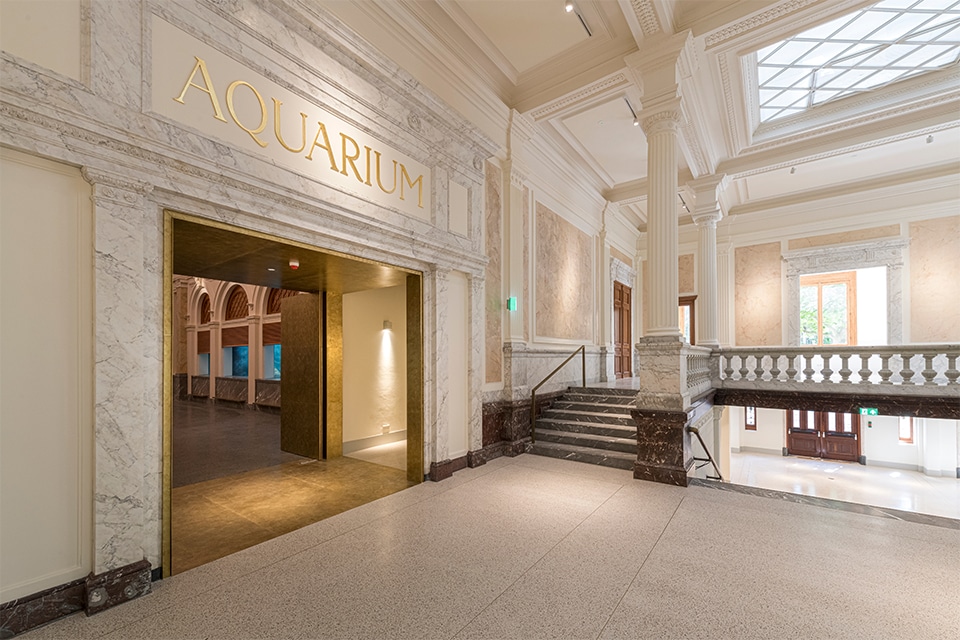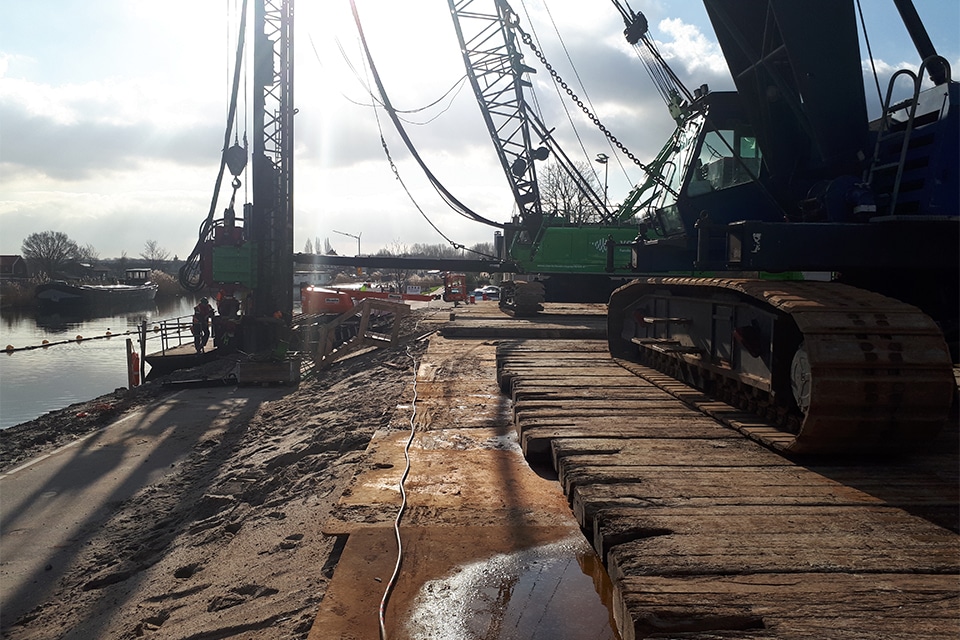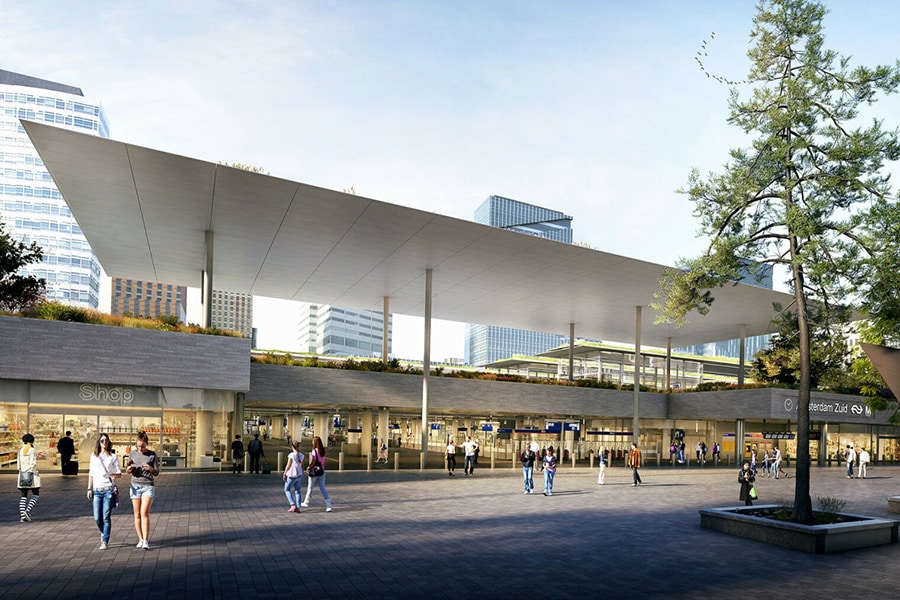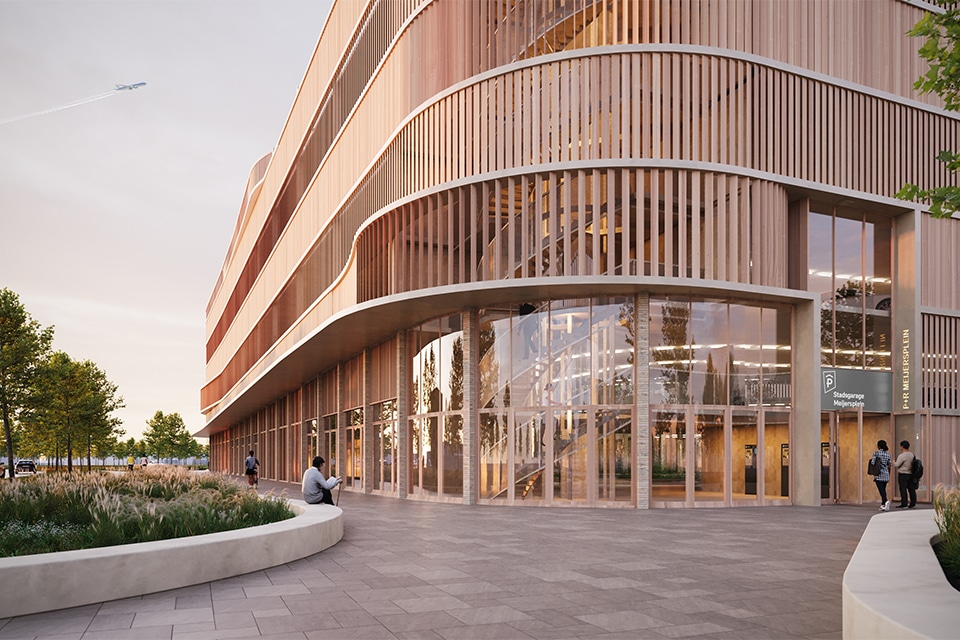
Area development: 'A mobility hub only works if the sum of all aspects is right'
"A mobility hub is never an end in itself. It is a means to achieve change in mobility so that the livability and accessibility of an area increases or is maintained," says Jasper Homrighausen. He works as a team leader in the Mobility Hubs department of Haskoning, recently the new name of Royal HaskoningDHV. At the table are two more colleagues from this department, namely leading professional Jarko van Nunen and consultant Jet Schaap. Curious about the experiences and vision of this renowned consultancy and engineering firm, we asked them about their views on mobility hubs. What makes such a hub successful and where is there room for improvement?
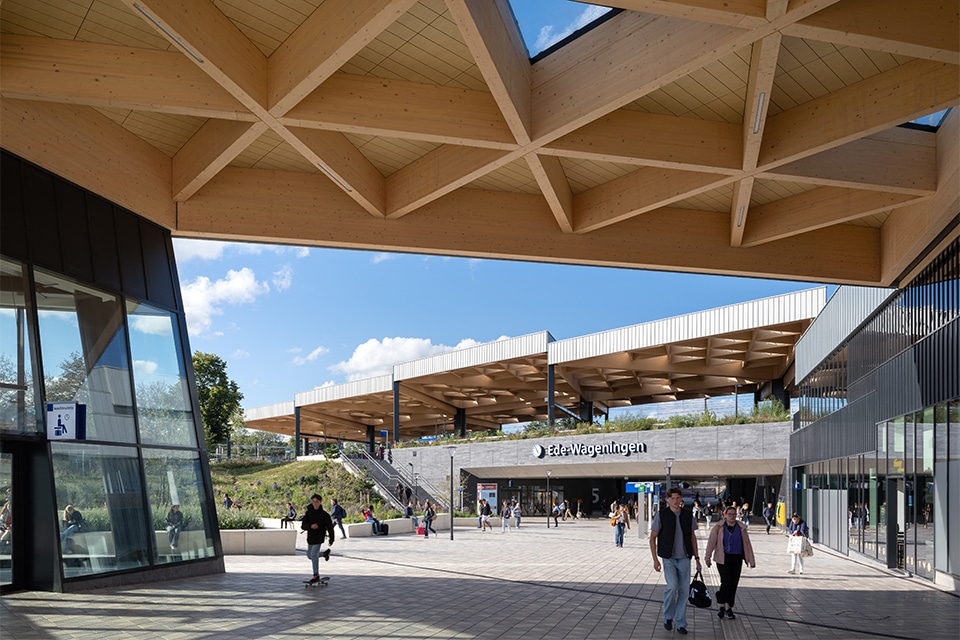
Schaap: "We often see that mobility is not considered sufficiently early on in area development, even though it is one of the success factors. So there is already a strong point for improvement here. It is also important in a mobility hub to have the interests of various stakeholders on the table at an early stage, including organizations such as NS and ProRail. After all, MIRT explorations show the need for integral accessibility plans that connect multiple tasks. By approaching hubs integrally, mobility, infrastructure, housing and area development come together. A good example is the mobility hub in the Utrecht district of Papendorp. Here we asked at an early stage whether functions should be linked to the hub so that it functions as a social, safe place where people can go for more than just mobility. Think hospitality, stores or a gym." Homrighausen adds: "It's also important to think about the times when the facilities are used. At night, a carpool plaza is a quiet, unpleasant place. However, if you also create a gym there, which is mostly visited in the evening hours, it creates more commotion and thus a more pleasant place that feels safer."
Multimodal hub
The Ede-Wageningen multi-modal hub is a textbook example of an integrated project. Haskoning's team of mobility and rail experts, together with clients ProRail, NS and the municipality of Ede, have created a spatial design that forms an important link in the mobility transition. In addition to a new station building, the hub includes a passenger tunnel, new platforms, a slow-traffic bridge, a large bicycle shed, stores, restaurants and a parking garage. Traffic flows will be unbundled where possible and brought together where they need to be. The new station creates a hub for sustainable transportation and is the gateway to the nature reserves of the Veluwe, Wageningen University & Research and new neighborhoods around the station.
Target group analysis
Van Nunen sees another area for improvement in incorporating the needs of the ultimate users: "Often people want a hub without having properly thought about the future user. In order to make the area development successful, we have experts in house who map out the target group well. They go through the wishes and needs of the future users by going through a customer journey. We prefer to enter into a dialogue with the future users as we did at P+R Nijmegen Noord. There we entered into talks with a nearby hospital to investigate the conditions under which staff can use the hub."
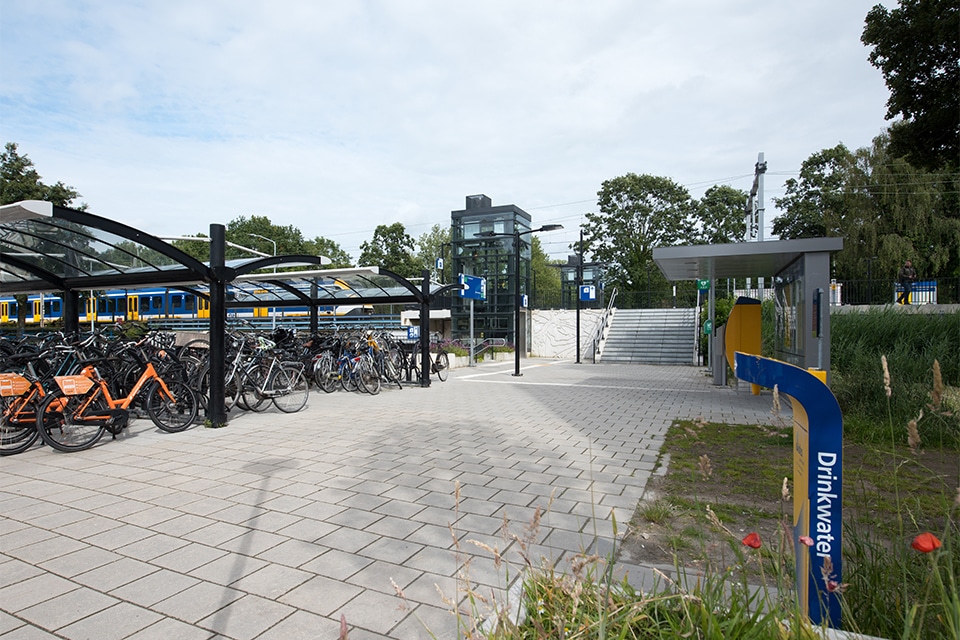
Adaptive and future-proof
According to Van Nunen, more attention is also needed for adaptive and future-proof design: "After all, the function of a hub can change over the years. You can often also think ahead by asking yourself which future scenarios are desirable, promising and realistic. A circular design with demountable materials makes the hub adaptable and thus future-proof. The same goes for the use of common elements and dimensions. Or anticipate adding additional floors in the foundation and construction. There are plenty of possibilities."
Organization and funding
By formulating clear social business cases that demonstrate the added value of hubs, drivers are more likely to release funding for the hub. Homrighausen explains this using the example of the bicycle-sharing project with hubs in Overijssel: "Here investments were made that did not pay for themselves with just bike rentals. However, the SCBA showed that bicycles and hubs also contribute to tourism and employment. After all, many buses no longer run in the evening. People who depend on this means of transport can now work in the city in the evenings thanks to the shared bike. In this way, the investment becomes profitable faster."
Approach
"Every hub is different, but there is one decisive approach to a realistic route to a successful hub. To this end, we look at it from five perspectives: purpose and target group, desired functionalities, location and incorporation, design, and organization and financing. After all, a mobility hub only works if all aspects add up," Homrighausen concludes.
